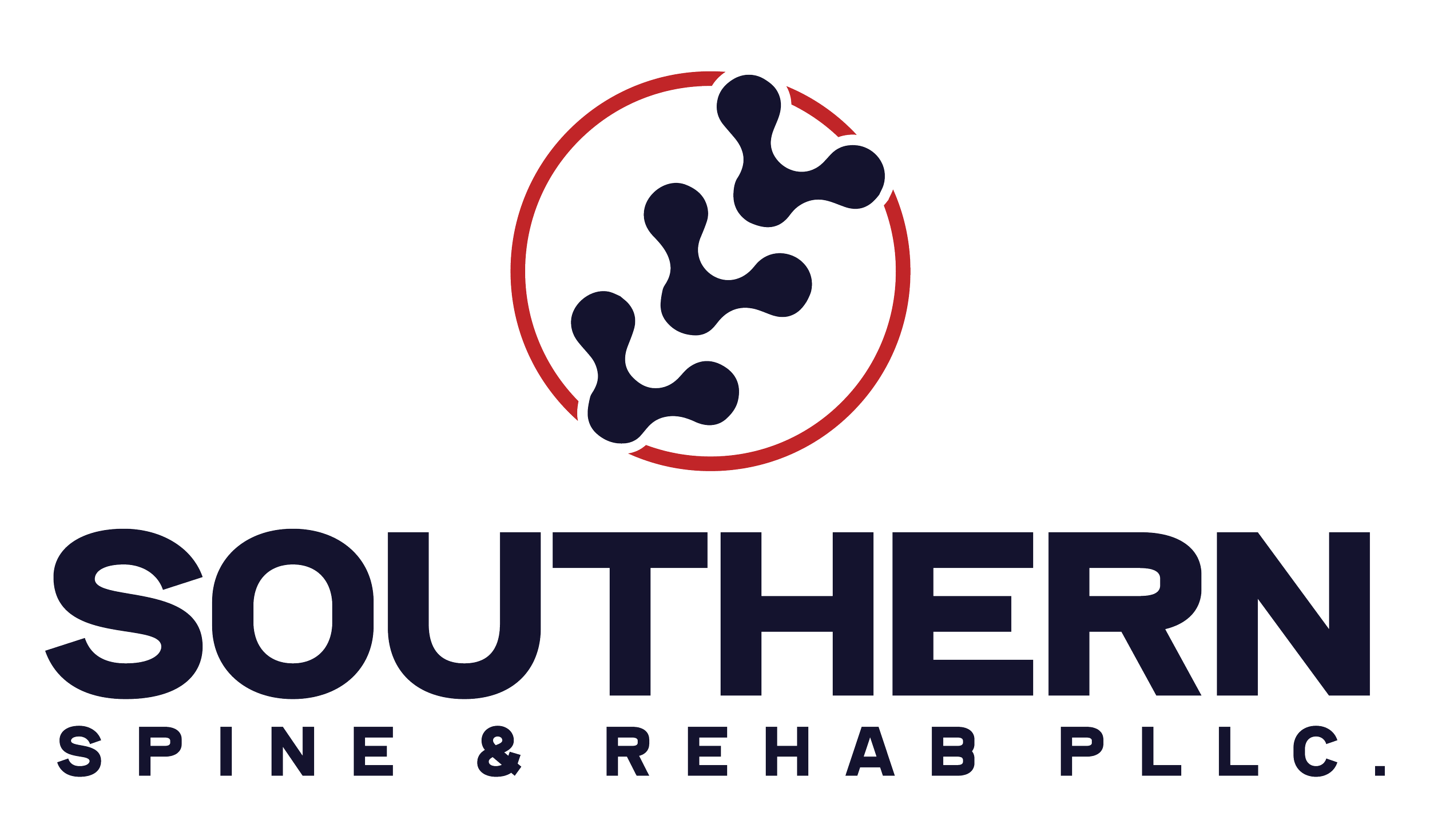Understanding Achilles Tendonitis: Causes, Symptoms, and Treatment Options
Achilles tendonitis, a common condition among athletes and active individuals, can be a painful setback for those who rely on their lower extremities for daily activities or sports performance.
Introduction:
Achilles tendonitis, a common condition among athletes and active individuals, can be a painful setback for those who rely on their lower extremities for daily activities or sports performance. This blog post aims to shed light on this condition, covering its causes, symptoms, and potential treatments to aid those affected by it.
Causes:
The Achilles tendon, the largest tendon in the body, connects the calf muscles to the heel bone. Achilles tendonitis occurs when this tendon becomes inflamed due to overuse or strain. Several factors can contribute to its development, including:
Overuse: Engaging in repetitive activities such as running, jumping, or excessive walking without proper rest can strain the Achilles tendon, leading to inflammation.
Tight calf muscles: Tightness in the calf muscles can increase stress on the Achilles tendon during movement, making it more susceptible to injury.
Improper footwear: Wearing shoes with inadequate support or improper fit can exacerbate stress on the Achilles tendon, contributing to inflammation.
Sudden increase in activity: Rapidly increasing the intensity or duration of physical activity without proper conditioning can overload the Achilles tendon, resulting in injury.
Symptoms:
Recognizing the symptoms of Achilles tendonitis is crucial for timely intervention and management. Common signs and symptoms include:
Pain and stiffness: Pain along the back of the heel or lower calf, particularly during physical activity or upon waking in the morning.
Swelling: Swelling and tenderness along the Achilles tendon, often accompanied by warmth to the touch.
Limited range of motion: Difficulty flexing or pointing the foot due to discomfort in the Achilles tendon.
Thickening of the tendon: In chronic cases, the Achilles tendon may thicken and develop nodules.
Treatment:
Managing Achilles tendonitis typically involves a combination of rest, rehabilitation, and preventive measures. Here are some effective treatment options:
Sports Chiropractic & Rehabilitation: this is the most beneficial treatment for LONG TERM success and results. Making sure you are being treated by someone who specializes in injuries like this is crucial for your outcomes. The tendon has to be treated in a way that allows it to regain its strength and ability to be under load with physical activity.
Footwear modifications: Choosing supportive footwear with proper arch support and cushioning to alleviate stress on the Achilles tendon.
Stretching and strengthening exercises: Gentle stretching and strengthening exercises targeting the calf muscles and Achilles tendon can promote healing and prevent future injuries.
Conclusion:
Achilles tendonitis can be a debilitating condition, but with proper management and preventive measures, individuals can recover and return to their normal activities. It's essential to listen to your body, seek appropriate medical advice, and take proactive steps to prevent recurrence. By understanding the causes, recognizing the symptoms, and implementing effective treatment strategies, you can overcome Achilles tendonitis and maintain a healthy, active lifestyle.
References:
American Orthopaedic Foot & Ankle Society. (n.d.). Achilles Tendonitis. Retrieved from https://www.aofas.org/footcaremd/conditions/ailments-of-the-ankle/Pages/Achilles-Tendonitis.aspx
Mayo Clinic. (2022). Achilles Tendonitis. Retrieved from https://www.mayoclinic.org/diseases-conditions/achilles-tendinitis/symptoms-causes/syc-20369020
WebMD. (2022). Achilles Tendon Problems. Retrieved from https://www.webmd.com/a-to-z-guides/achilles-tendon-problems-topic-overview




